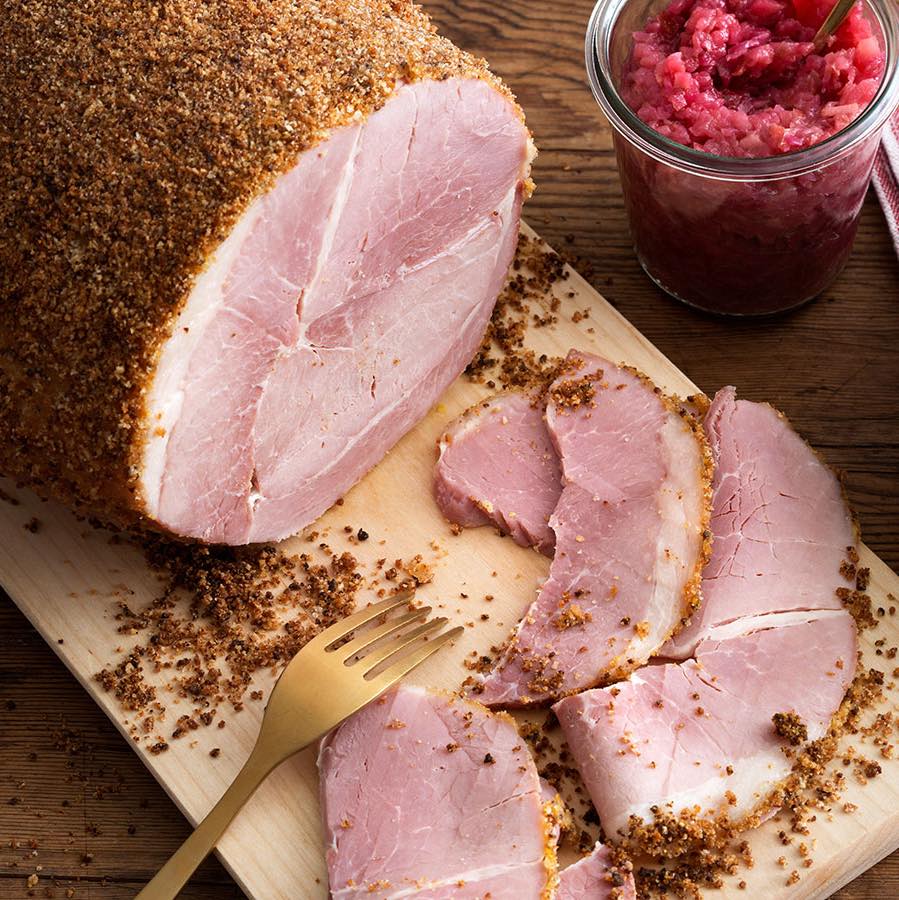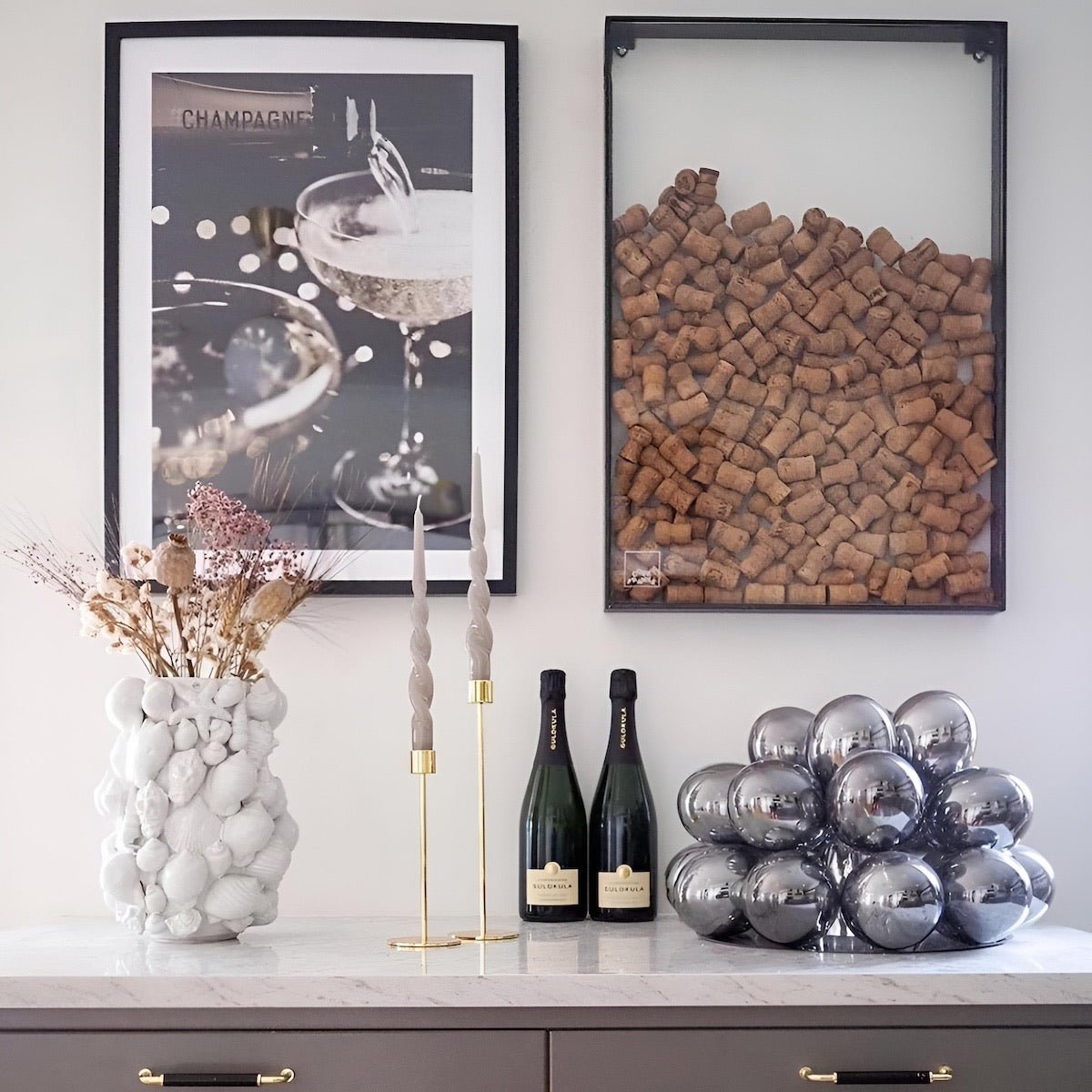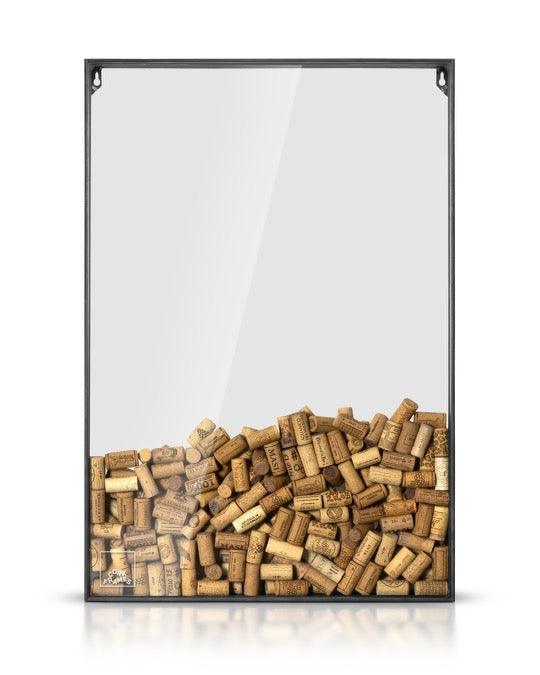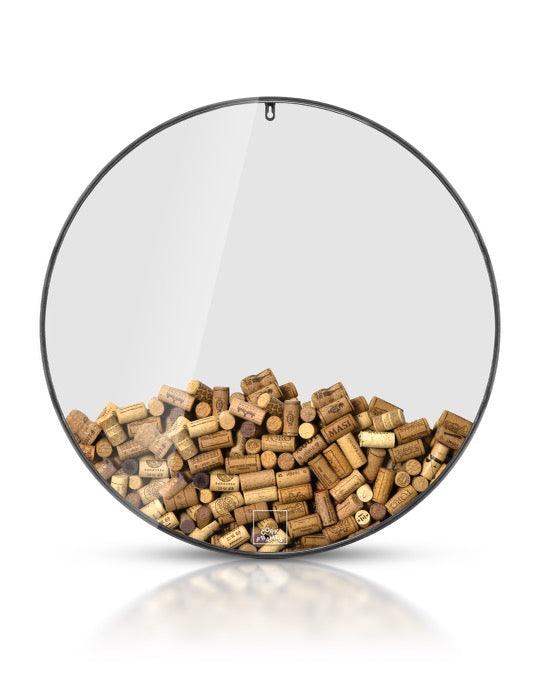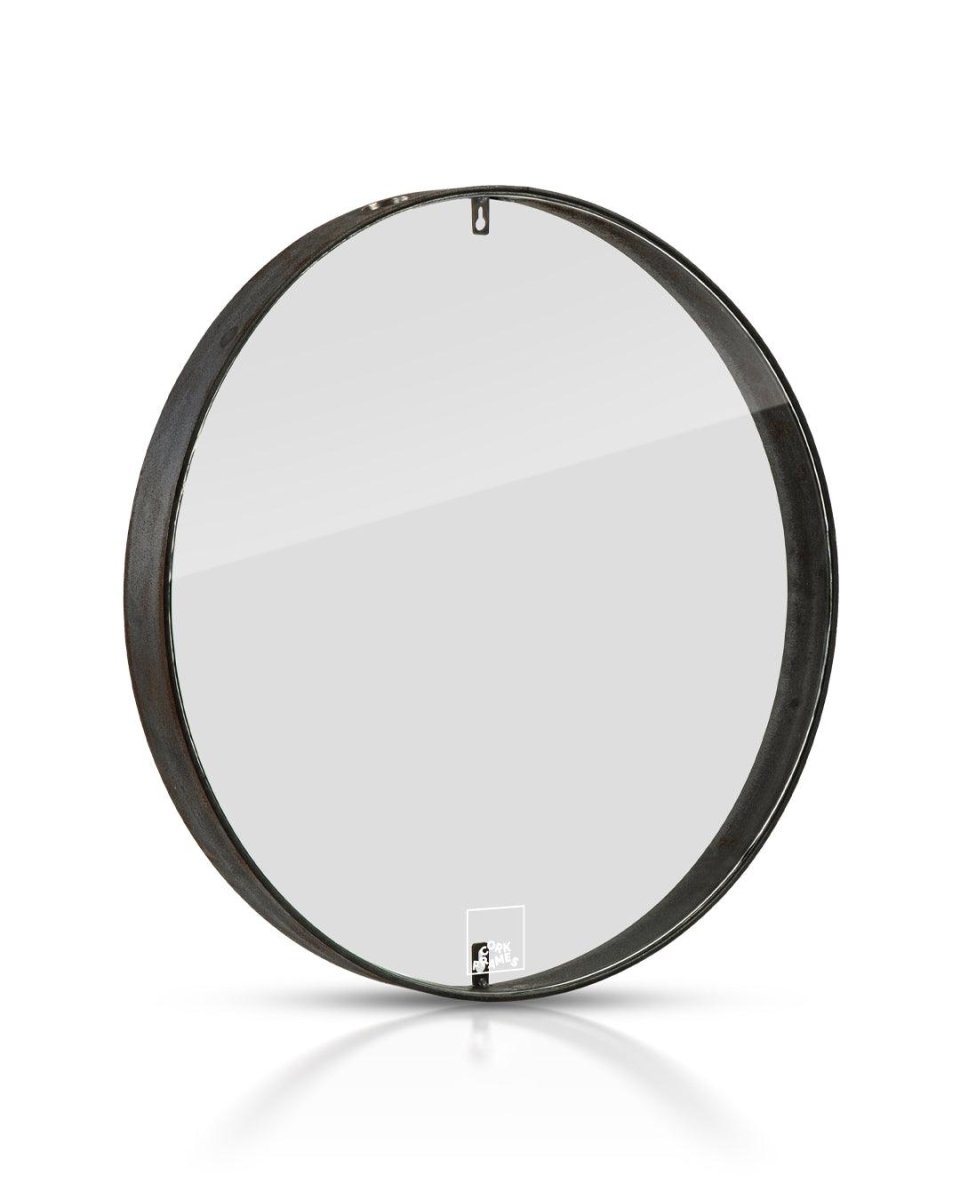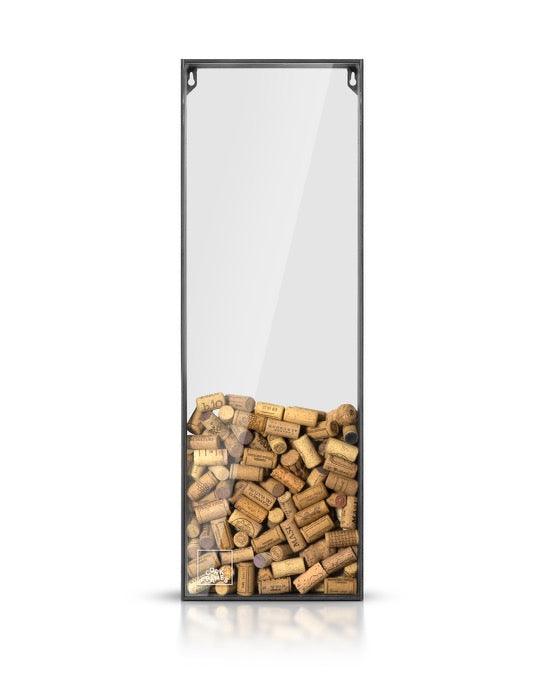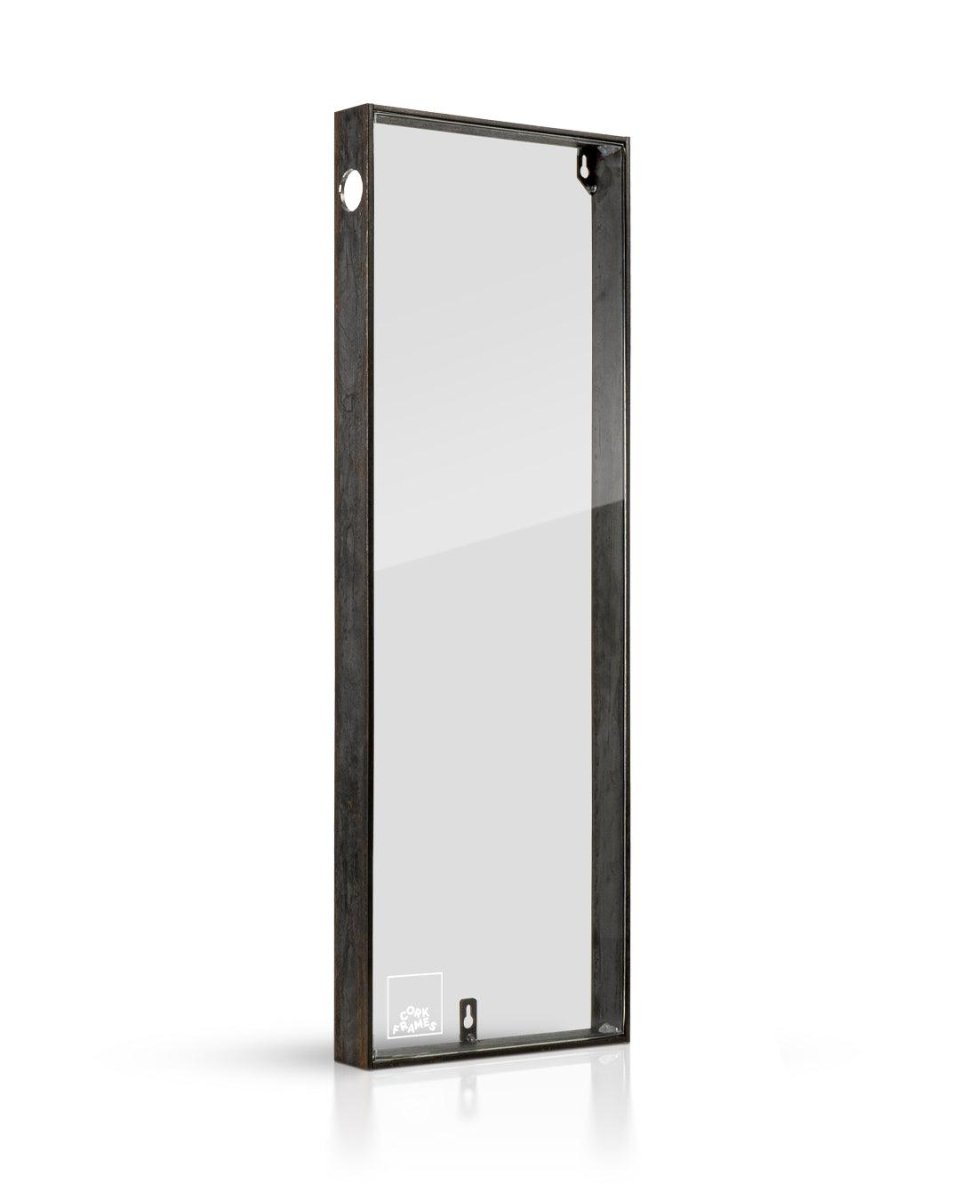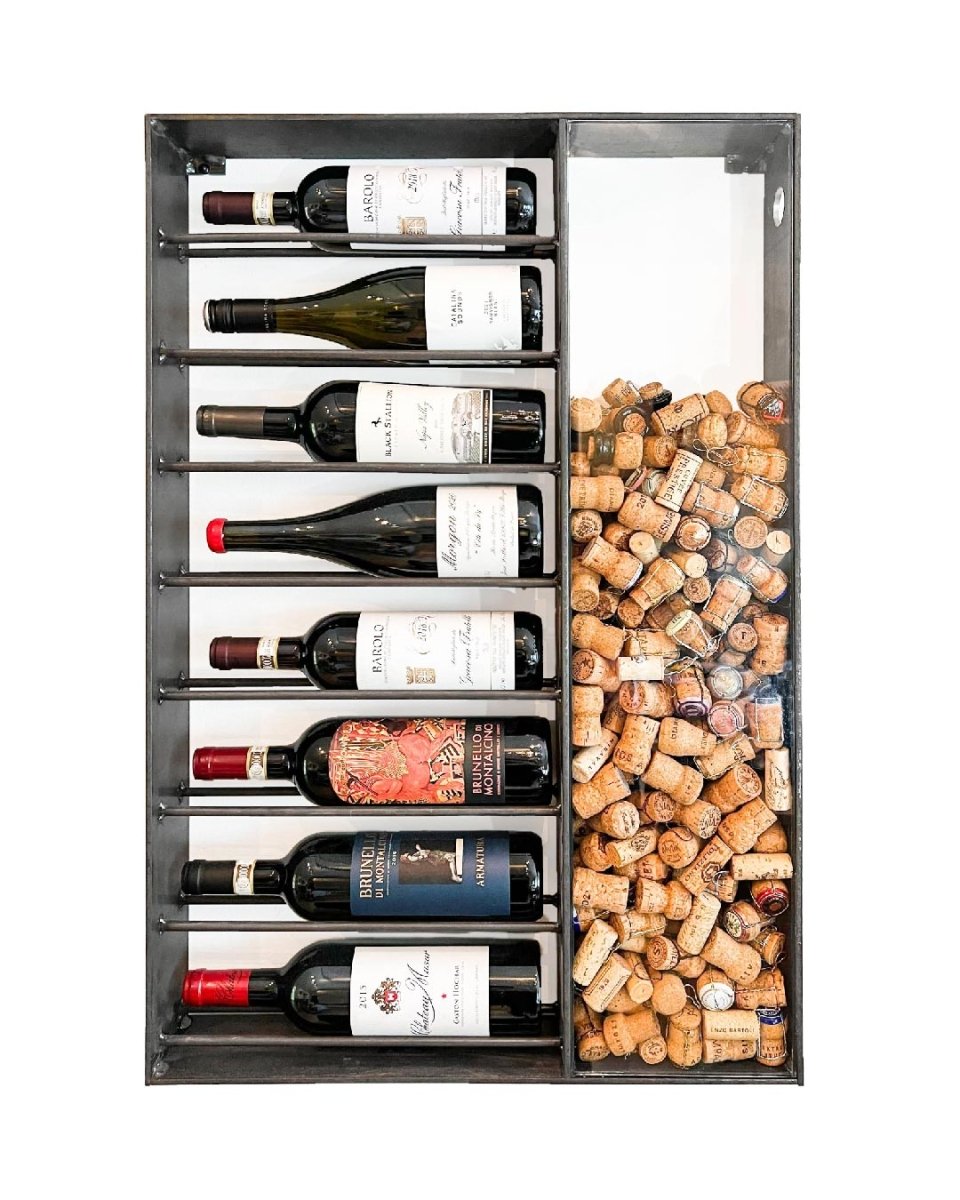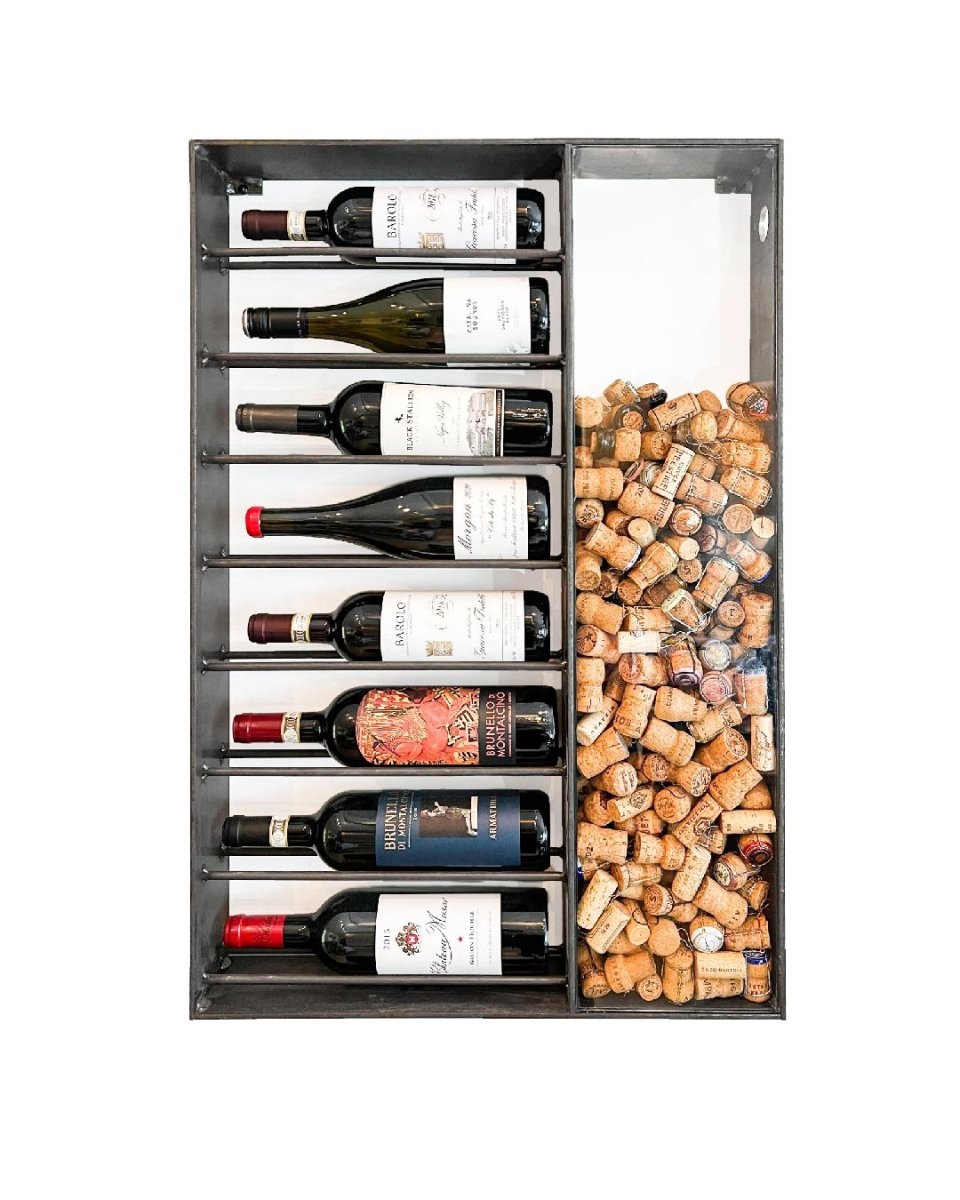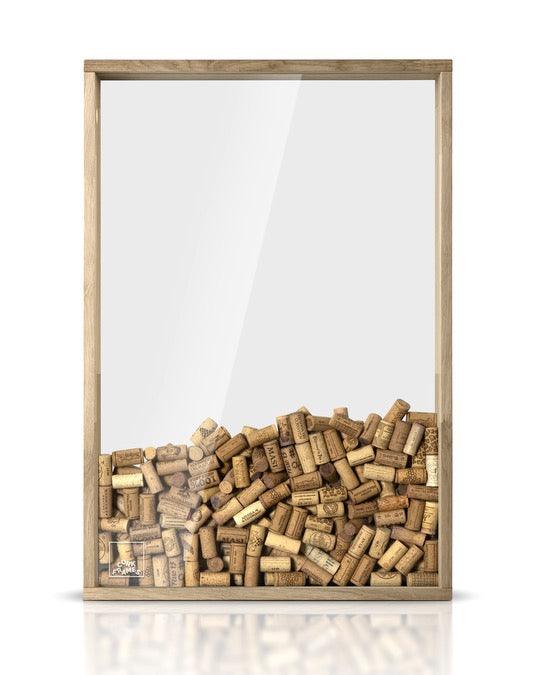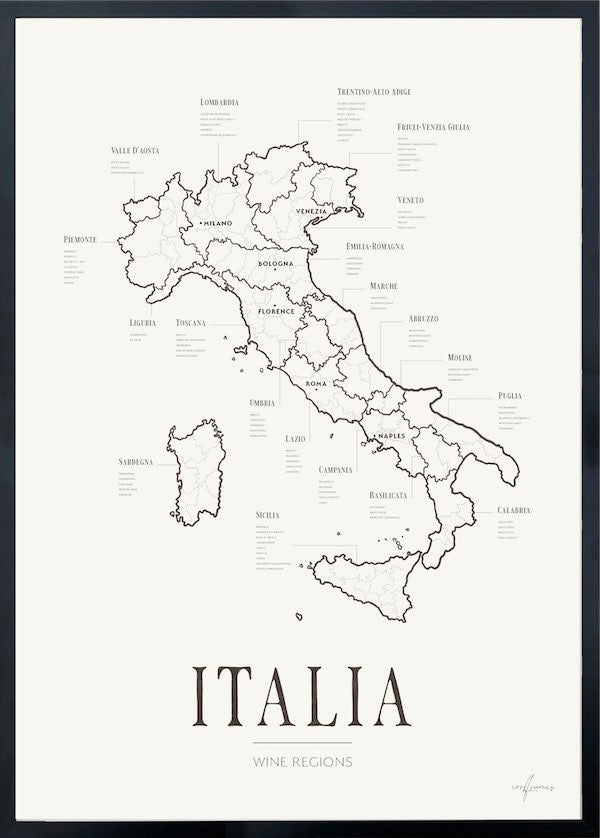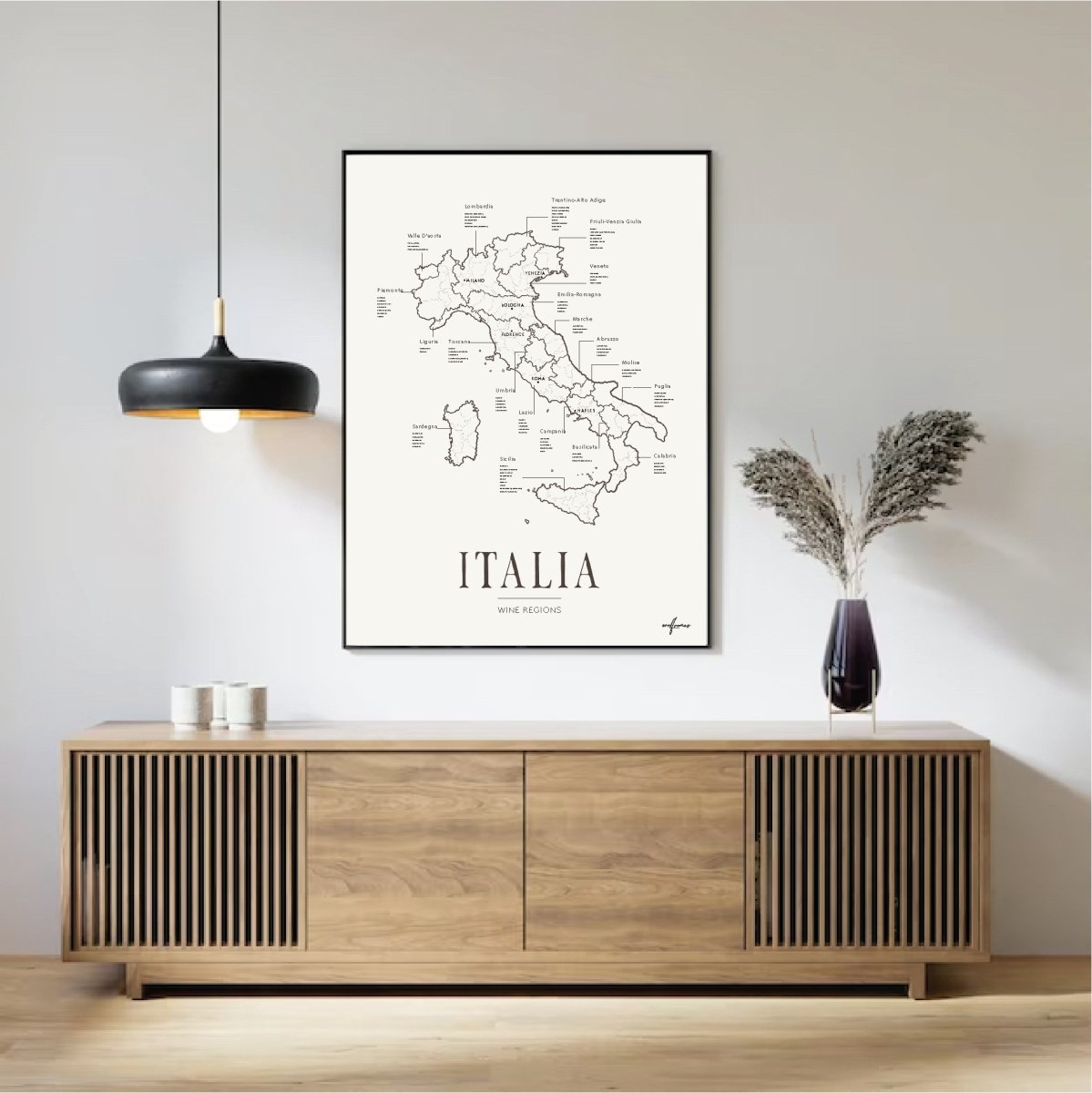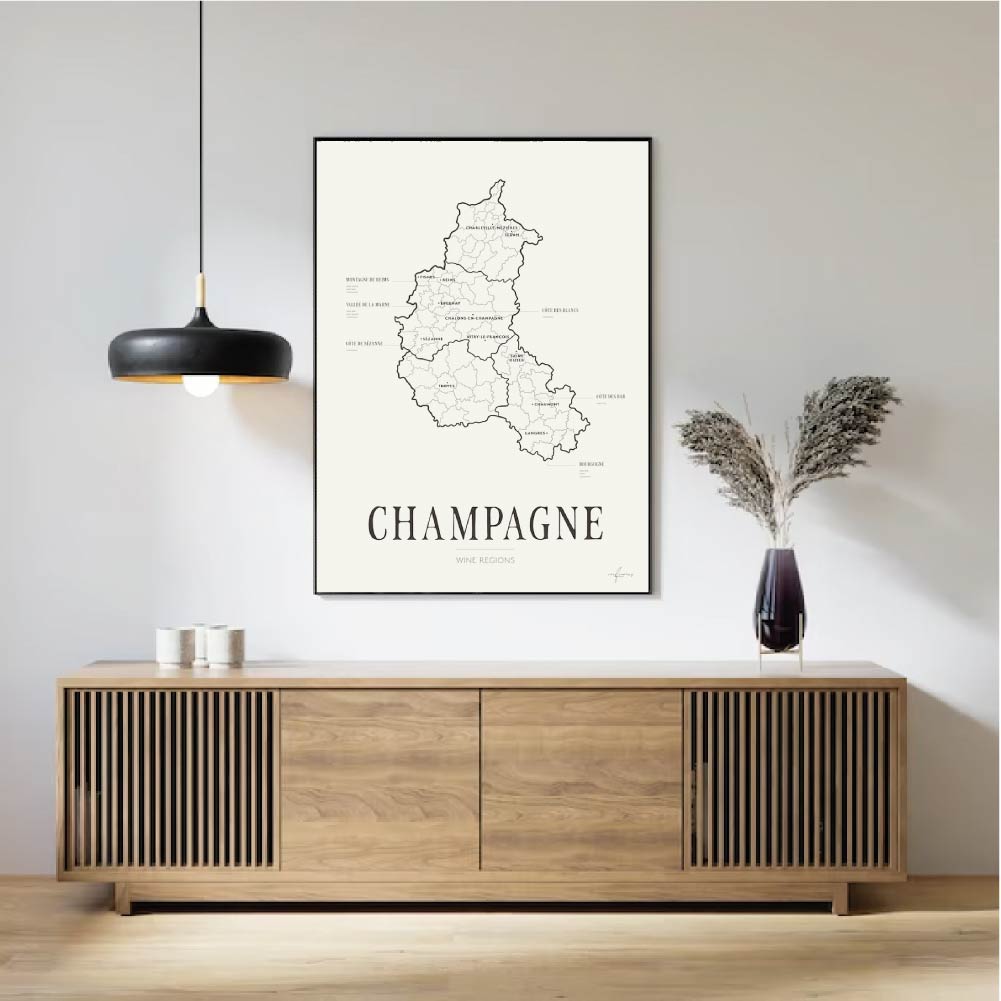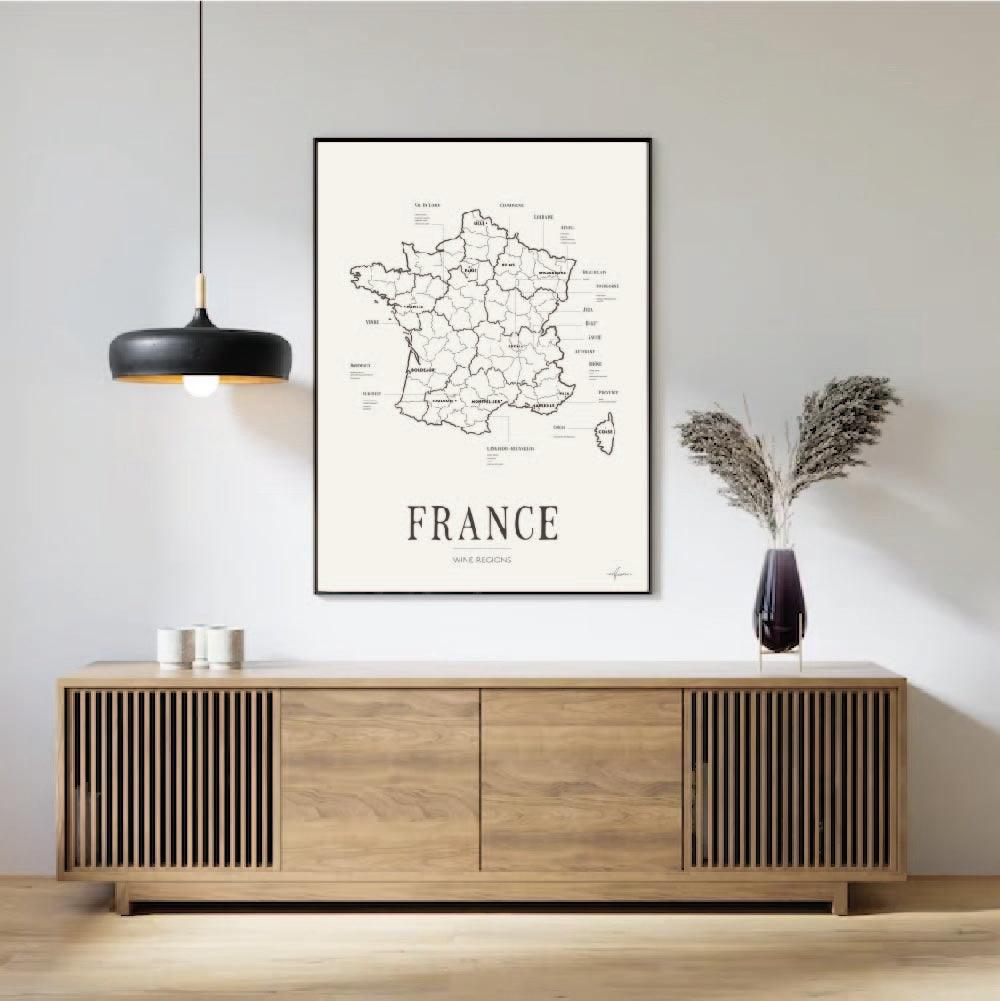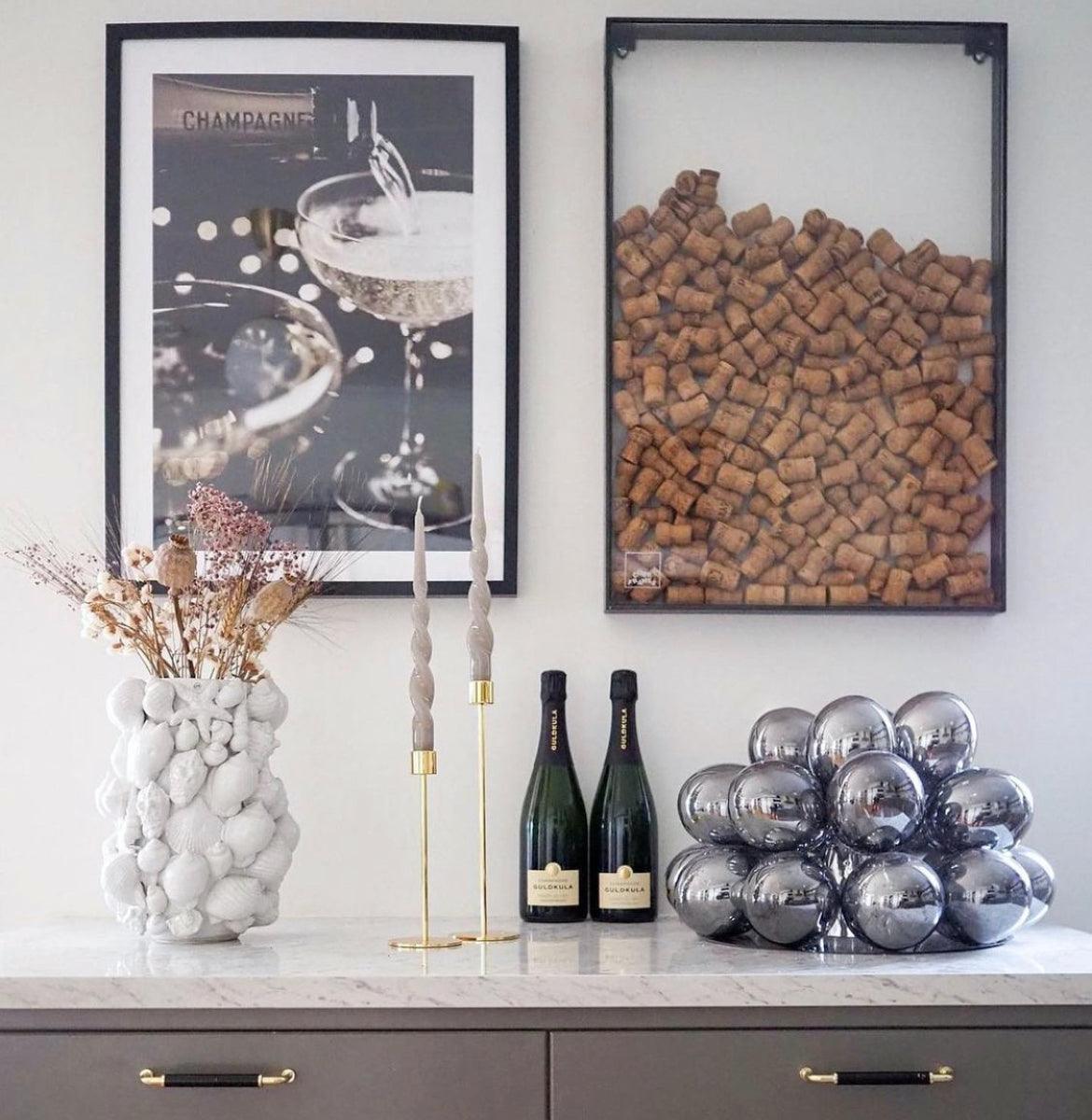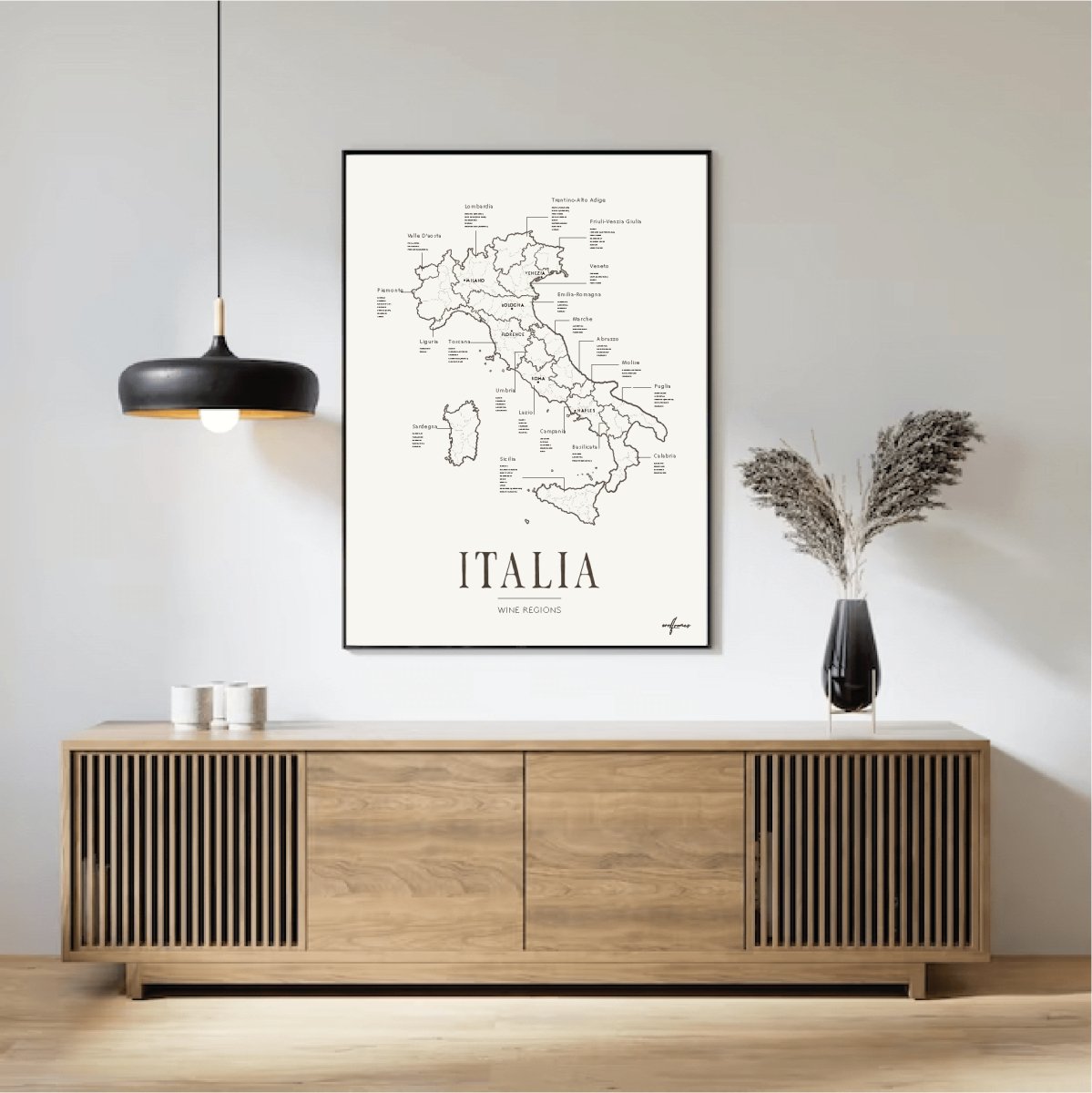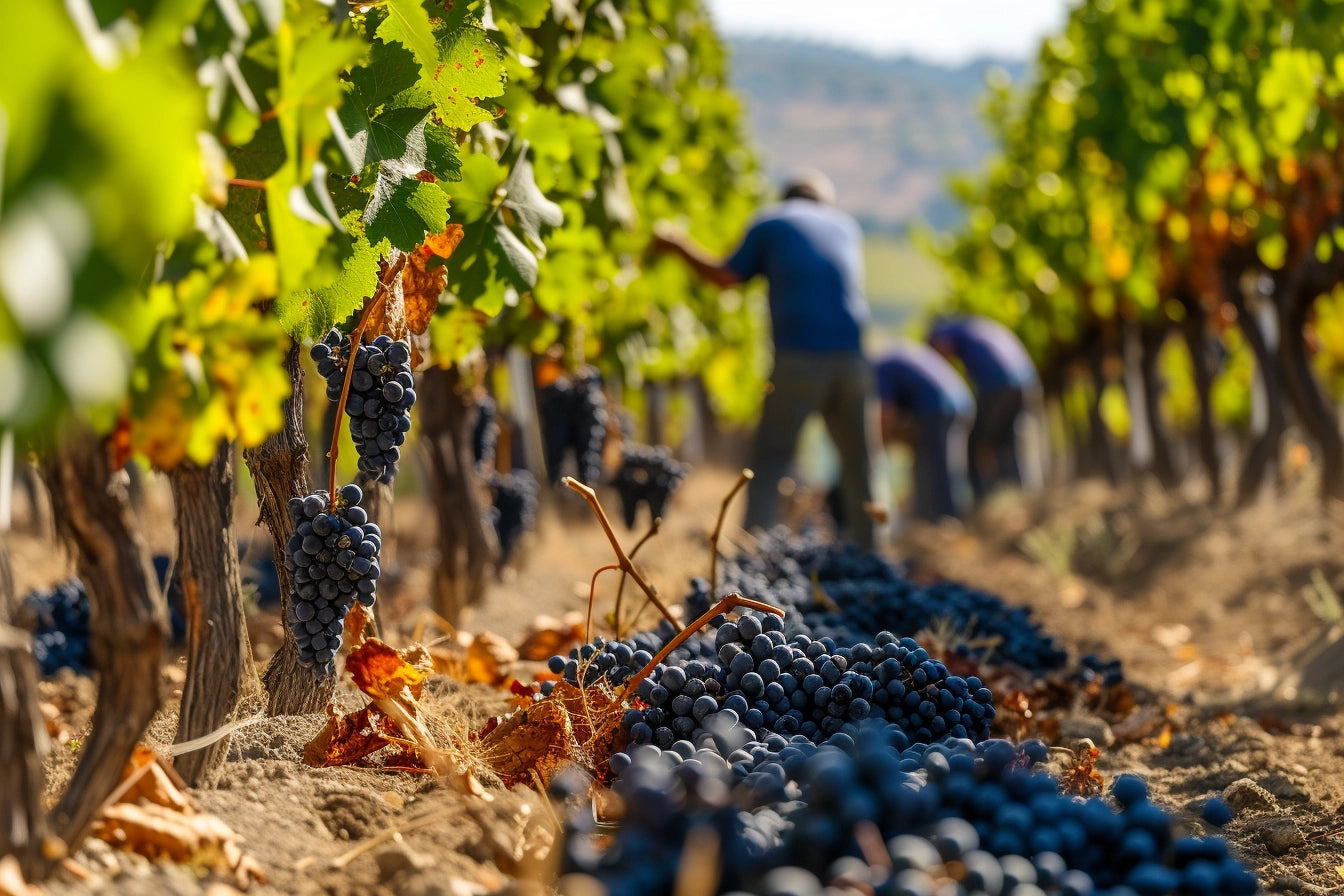Halloween is celebrated every year on October 31st and has its origins in the Celtic festival Samhain, which marked the end of the harvest season and the beginning of the dark winter.
The Celts believed that the boundary between the worlds of the living and the dead was at its thinnest on this night, and that spirits could return to the earth. To protect themselves from these spirits, people lit fires and wore masks to scare them away.
As Christianity spread throughout Europe, Samhain became integrated with the Catholic Church's All Saints' Day. The day before All Saints' Day, October 31st, became known as All Hallows' Eve, which was later shortened to Halloween. Traditions from various cultures blended over time, and Halloween evolved into the spooky celebration of ghosts, witches, and scary elements we know today, especially in the United States where it became widely popular in the 20th century.
What Do People Eat During Halloween Around the World?
Food and sweets play a big role in Halloween celebrations, and different countries have their own unique traditions and dishes:
-
USA: In the United States, Halloween is strongly associated with candy. Children go door-to-door saying "Trick or treat" and receive chocolates, candies, and chewing gum. Popular Halloween party treats include pumpkin pie and caramel apples. Popcorn and spooky cookies shaped like ghosts and bats are also common.
-
United Kingdom: Halloween traditions here stem from the ancient Celts. A traditional food is soul cakes, small cakes baked in memory of the dead and given to the poor in exchange for prayers for the departed. Nowadays, candy and cookies shaped like ghosts and pumpkins are popular.
-
Ireland: As the birthplace of Halloween, Ireland continues to celebrate it with classic traditions. A well-known dish is barmbrack, a fruitcake that contains small items like a ring or a coin. These items are said to predict the future of the person who finds them in their slice. Potato-based dishes like colcannon (mashed potatoes with kale and onions) are also commonly eaten.
-
Mexico: Halloween is often combined with the celebration of Día de los Muertos (Day of the Dead) on November 1st and 2nd. People eat pan de muerto, a sweet bread decorated with shapes of bones. It’s served with cookies and other sweets shaped like skulls.
-
Italy: While Halloween is not widely celebrated in Italy, during Ognissanti (All Saints’ Day) on November 1st, people often eat Fave dei Morti, small almond cookies shaped like beans, symbolizing the dead.
-
Spain: Like Mexico, Spain celebrates Día de los Muertos rather than Halloween. Typical dishes include Huesos de Santo (Saints' Bones), small marzipan cakes filled with sweet jam or egg cream.
-
Japan: Halloween has become increasingly popular in Japan in recent years, especially with large costume parties and parades. Sweets are often inspired by local ingredients, like pumpkin-shaped candies made from sweet potato, or candy shaped like popular anime and manga characters.
-
The Nordic Countries: Halloween has become increasingly popular in Nordic countries, especially in Sweden, Norway, Denmark, and Finland, although it’s a relatively new holiday here. Children often go around their neighborhoods saying "trick or treat" or the equivalent in local languages. Pumpkins are commonly used for decoration, and pumpkin pie, ghost-shaped cookies, and other Halloween-themed treats are common. At the same time, All Saints' Day is observed, where many people visit cemeteries to light candles on graves, adding a more reflective aspect to the holiday.
Halloween was originally celebrated to protect against evil spirits during the Celtic festival of Samhain, and over time it has evolved into a celebration full of ghosts, costumes, and sweets.
Traditional dishes vary by country, but the common theme is that candy and festivities take center stage. In the Nordic countries, Halloween is a blend of American traditions and the more contemplative customs of All Saints' Day.


